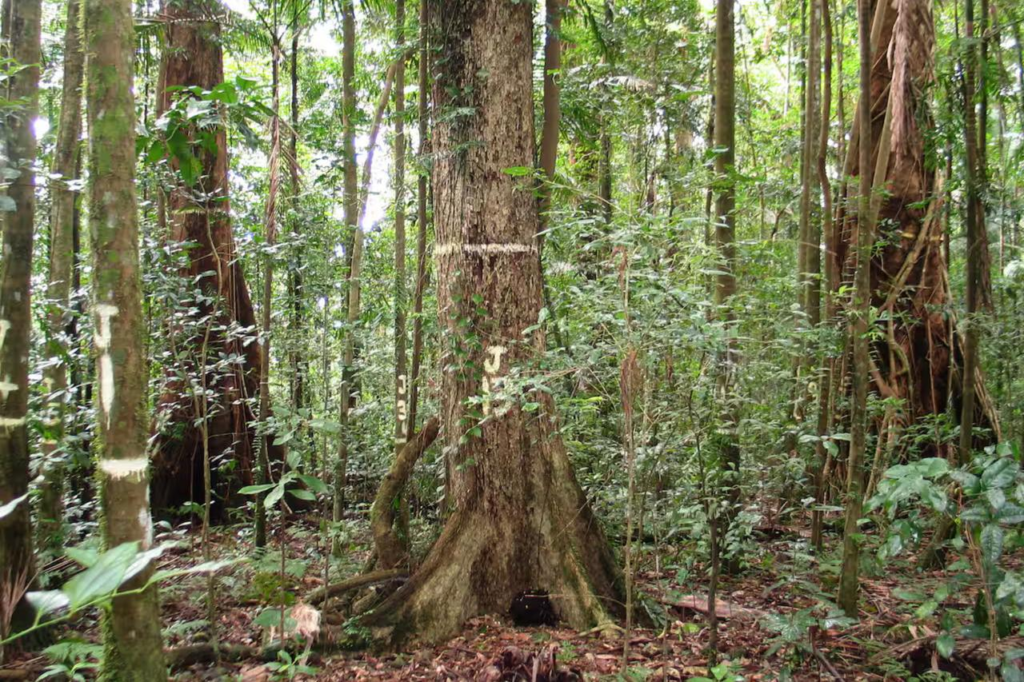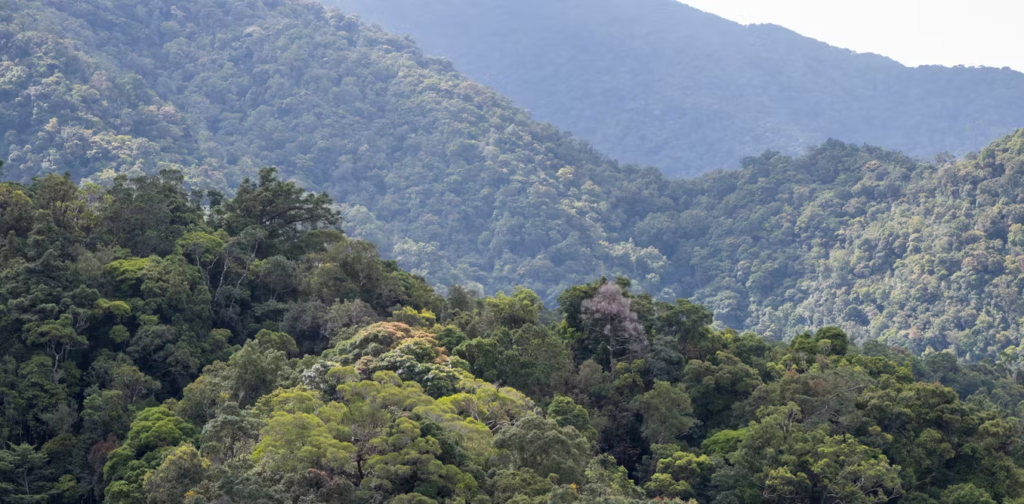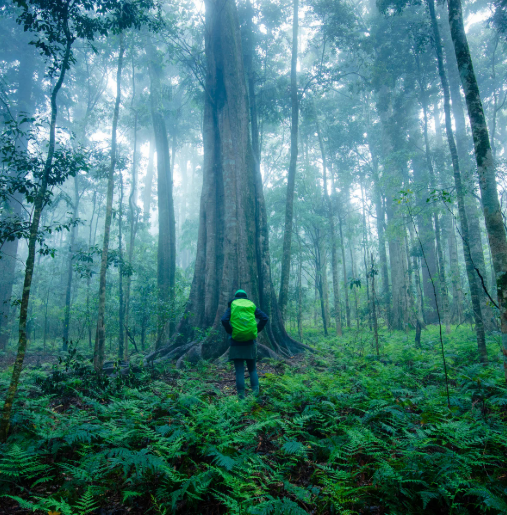Australian Rainforest Carbon Shift Marks Global First
Australian rainforest carbon shift has been confirmed, marking the first known case of a tropical forest transitioning from a carbon sink to a carbon source. Researchers say this transformation is the result of hotter and drier conditions, which have caused more trees to die and less new growth to occur.
The change, first observed around 25 years ago, primarily affects tree trunks and branches in Queensland’s tropical forests. Roots, however, continue to function as carbon sinks.

Carbon Storage in Crisis
Tropical trees usually store carbon while growing and release it only when they decay. For decades, these forests have been critical carbon sinks, absorbing more CO₂ than they emit.
However, nearly 50 years of data from Queensland now show that these forests have become net carbon emitters. This Australian rainforest carbon shift is largely due to increased tree mortality and insufficient new tree growth.
Dr. Hannah Carle, lead author from Western Sydney University, noted:
“This is the first tropical forest globally to show a long-term switch from sink to source.”

A Preview of What’s to Come?
Australia’s tropical forests naturally exist in warmer and drier climates than those in South America, Africa, or Asia. That makes them a potential warning system for what may occur elsewhere under climate change.
Prof. Adrienne Nicotra from the Australian National University emphasized the urgency:
“Further global research is needed. If similar shifts happen in other tropical forests, the global carbon cycle could be at serious risk.”.https://www.youtube.com/watch?v=pjT1dVuHQBQ
Impact on Climate Models and Policies
According to climate expert Prof. David Karoly, who was not involved in the study, this shift represents a critical tipping point.
He explained that many climate models assume forests will continue absorbing increasing levels of atmospheric CO₂. But if these assumptions are wrong, global warming could accelerate faster than projected.
“If this trend becomes global, climate projections may seriously underestimate future warming,” said Karoly.
Even though these forests still absorb some carbon, their reduced capacity makes carbon neutrality targets much harder to reach..

The Value of Long-Term Forest Data
This discovery comes from nearly five decades of field research involving over 11,000 trees at 20 sites in Queensland. The study focused on above-ground biomass—mainly trunks and branches—though it did not assess below-ground storage in soil and roots.
Dr. Raphael Trouve from the University of Melbourne, who was not involved in this study, praised the use of long-term data:
“These studies allow us to test theories against real-world outcomes. We assumed forests would store more carbon as CO₂ rises—but that’s not happening.”
Trouve’s own work in Victoria’s mountain ash forests has similarly shown rapid forest thinning under hot, dry conditions.orests still absorb some carbon, their reduced capacity makes carbon neutrality targets much harder to reach..
What Happens Next?
The Australian rainforest carbon shift signals a turning point in how scientists understand carbon storage and forest resilience. If other tropical forests follow the same path, global climate strategies may need urgent revision.
This research also underscores the importance of reducing fossil fuel emissions. With less natural carbon absorption from forests, humanity has less room for error.




